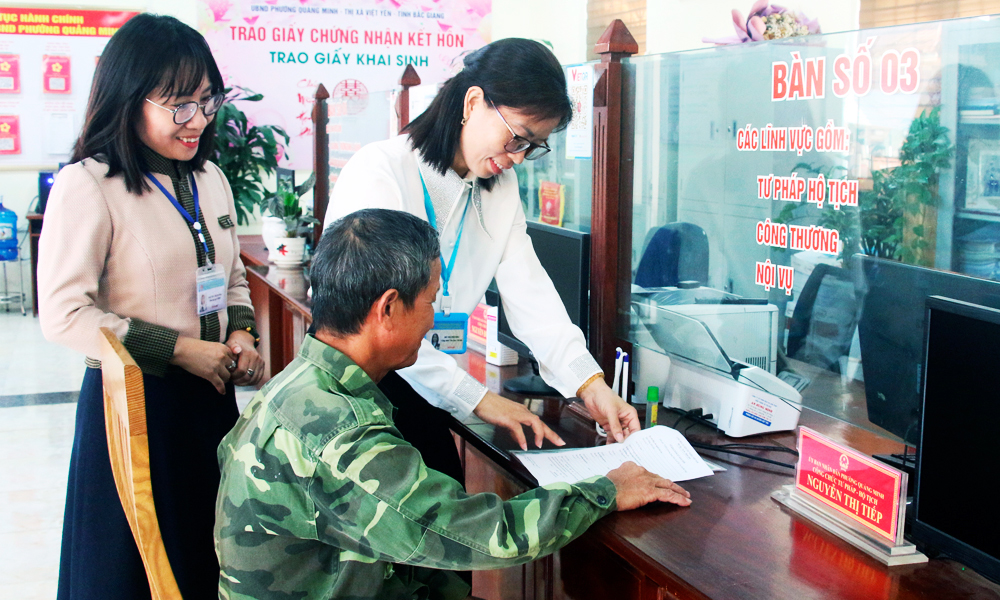Việt Nam to apply new multidimensional poverty standards
The national multidimensional poverty indexes, which measure the ratio of the population on low incomes and with little access to basic social services, serve as the basis for policy-making in poverty reduction, social welfare, and other matters.
 |
|
A farmer takes care of her coffee trees. |
Under Decree No 07/2021/ND-CP, for this year alone, the multidimensional poverty measurement stipulated in Decision No 59/2015/QD-TTg for 2016-2020 will continue to be applied.
From next year to 2025, the income-based poverty threshold for poor households will be raised from VNĐ700,000 (US$30) per person per month in rural areas, applicable in 2016-2020, to VNĐ1.5 million ($65) per person per month.
In urban areas, it will be VNĐ2 million ($86) per person per month, compared with VNĐ900,000 ($39) in the previous term.
Besides income levels, multidimensional poverty will be measured by access to six essential social services (or six dimensions) - employment, healthcare, education, housing, water and sanitation, and information access - instead of only five in the previous period.
The six dimensions will be presented by 12 indicators, up from 10.
From 2022, poor households in rural areas are those that either have a monthly per capita income equal to or less than VNĐ1.5 million or lack three indicators. In urban areas, poor households are those that either have monthly per capita income equal to or less than VNĐ2 million or lack three indicators.
The decree will take effect from March 15.
The national poverty rate is estimated to have been around 5.23 per cent in the 2016-2020 period and the near-poverty rate 4.59 per cent.
The northwestern mountainous region has the highest poverty rate, at 4.63-times the national rate. It is followed by the northeastern mountainous region and the Central Highlands.
Source: VNS
 Bắc giang
Bắc giang












Reader's comments (0)